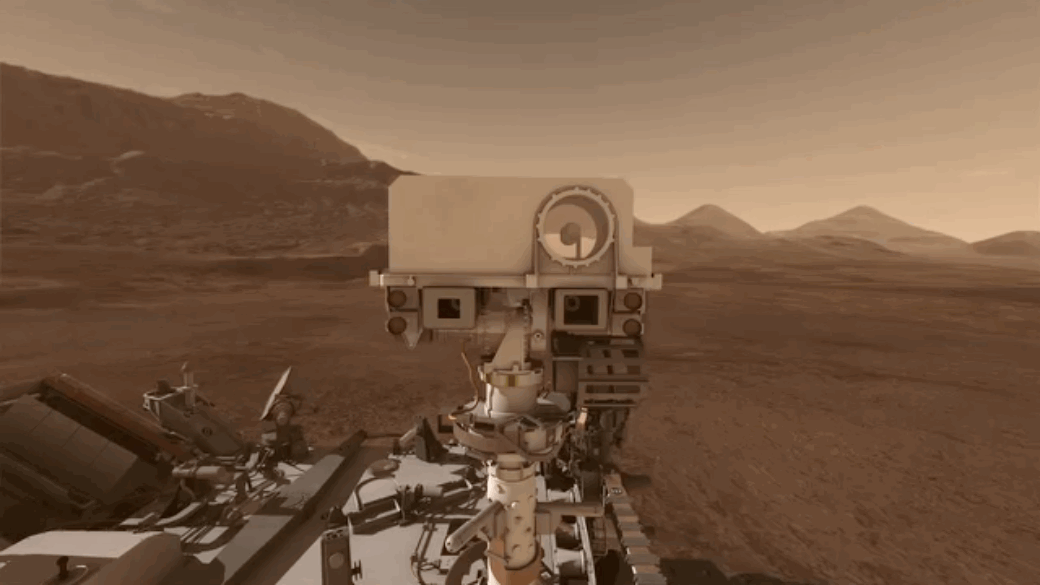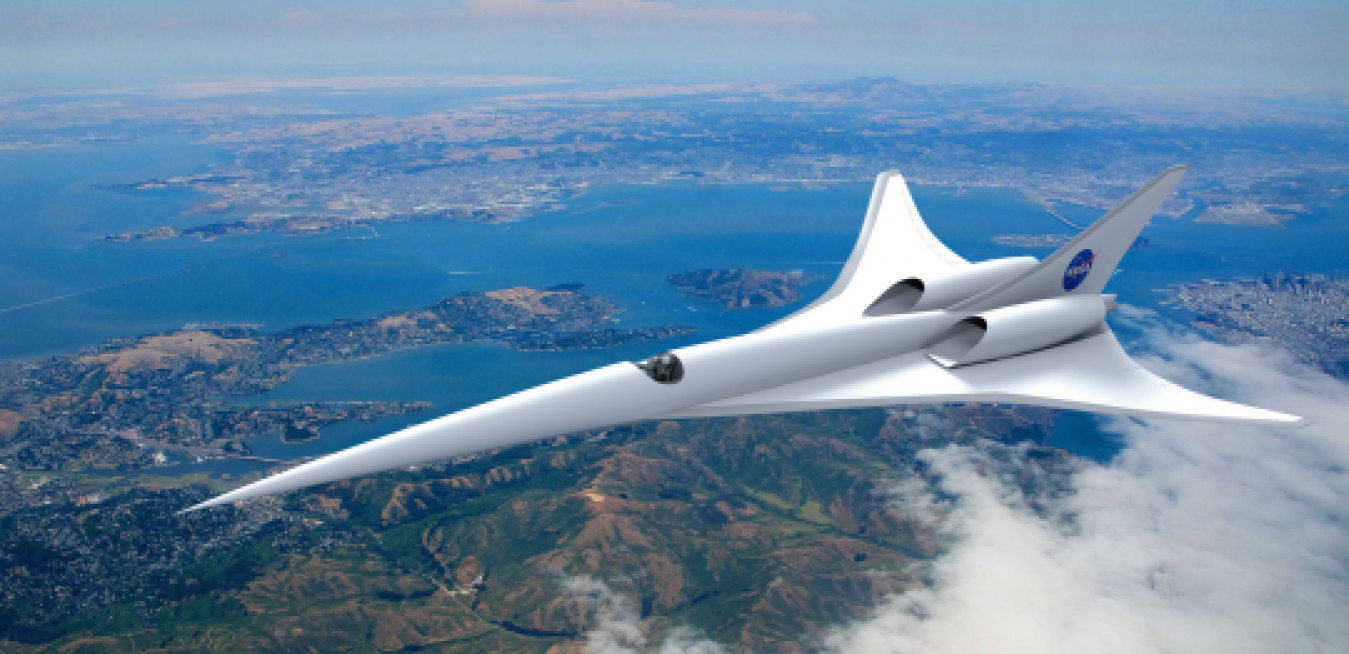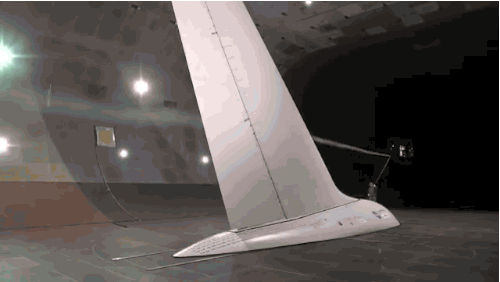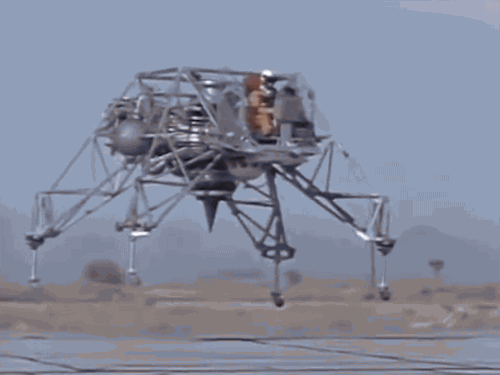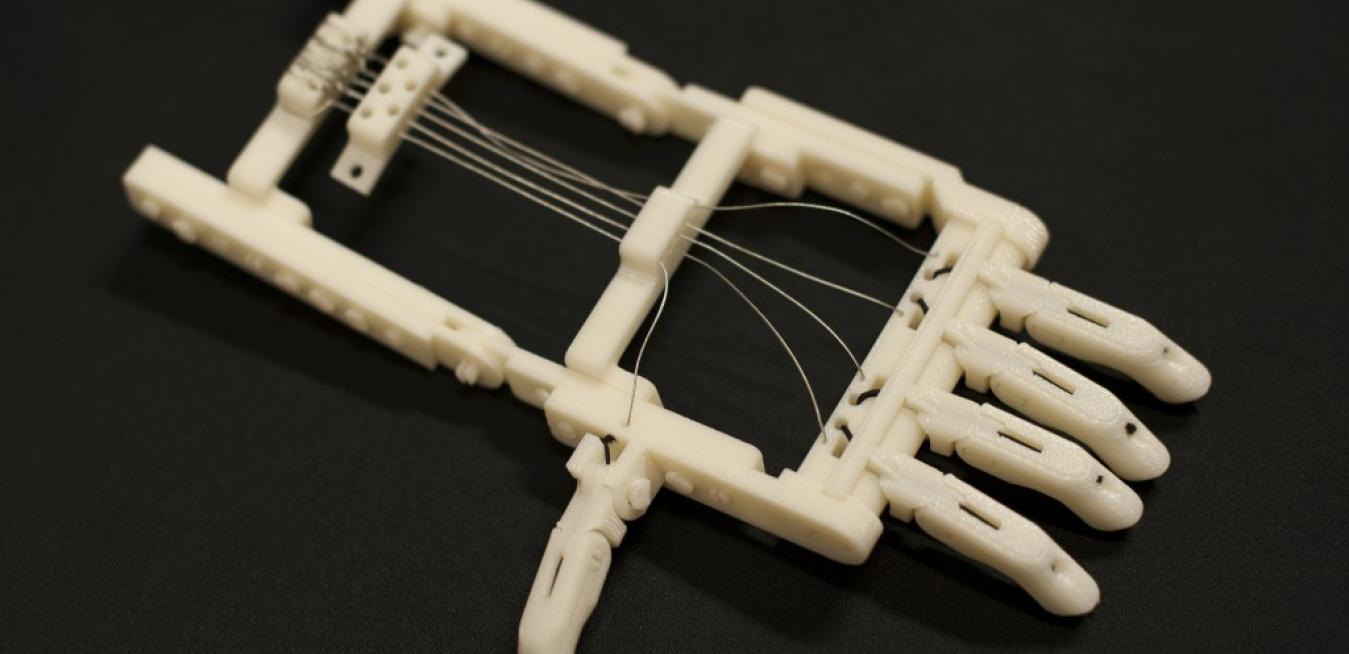When the New Horizons spacecraft finally buzzed Pluto at roughly 30,000 mph last summer, it sent back snaps of an untamed land of craterless plains and jagged ice mountains beyond our imagining. And those pictures of the dwarf planet traveled the expanse of space thanks to a 125-pound power plant that doesn’t know the meaning of quit.
It’s called the RTG, or Radioisotope Thermoelectric Generator.






